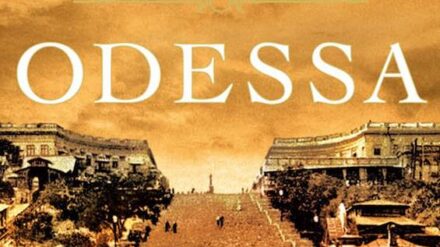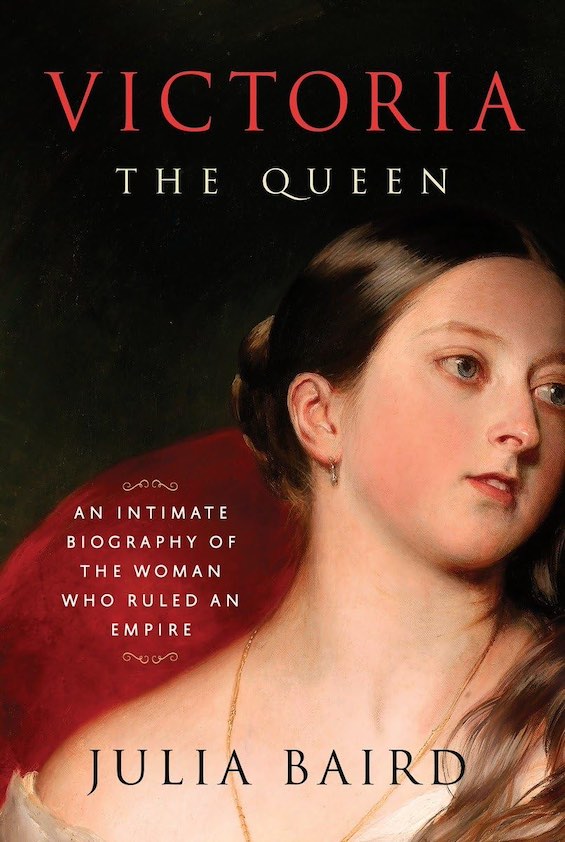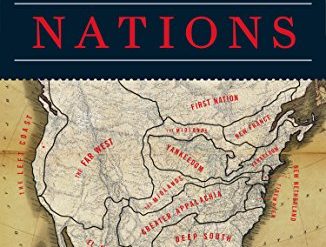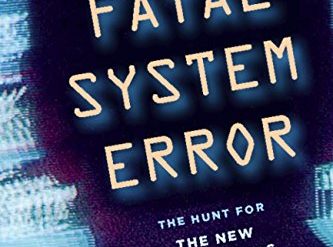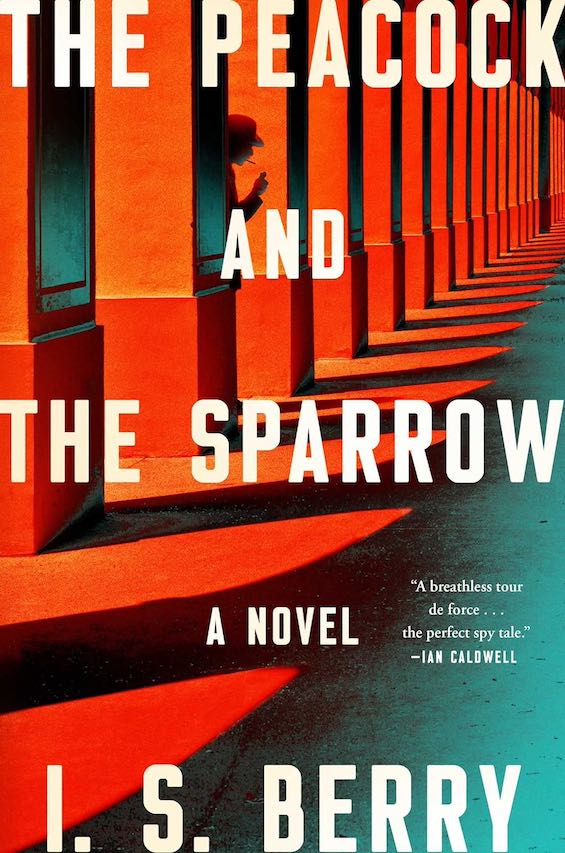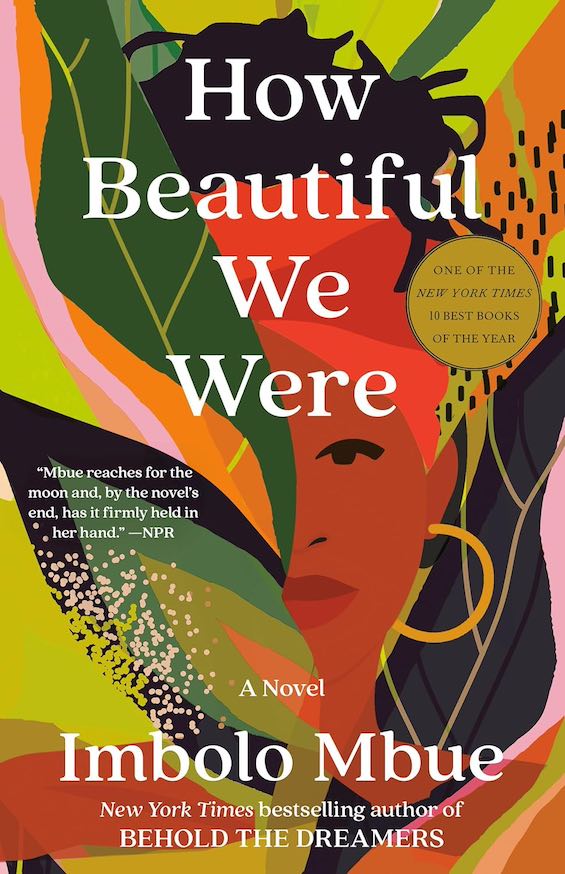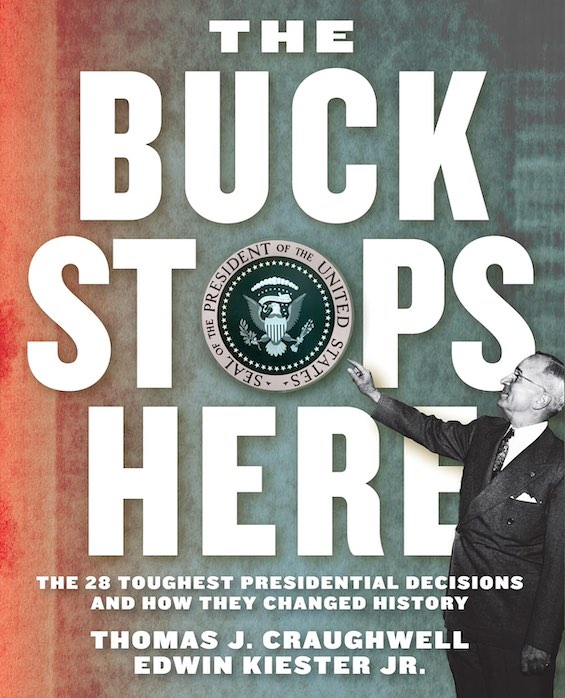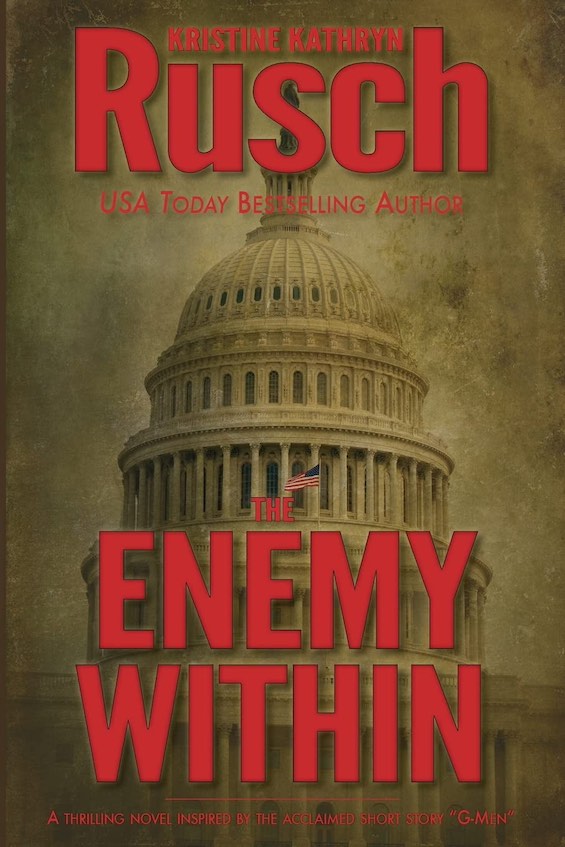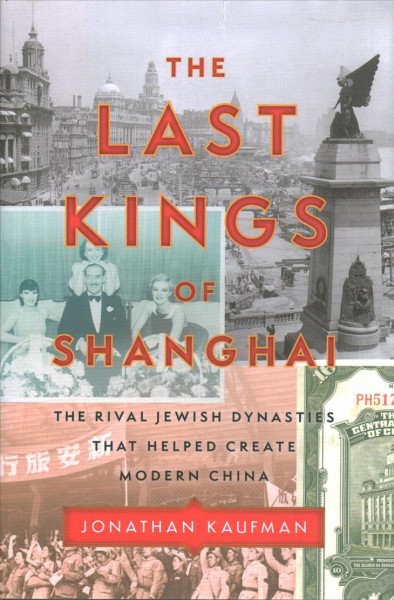
Ever since the close of World War II eight decades ago, stories have been surfacing about heroic men and women who saved Jews from certain death in the Holocaust at great risk to their own lives. Names such as Oskar Schindler, who saved 1,200, and Raoul Wallenberg, who saved several thousand, routinely crop up in the pages of history. In fact, Yad Vashem, Israel’s Holocaust museum, recognizes more than 26,000 “individuals and groups from 44 countries” as Righteous Among the Nations for similar acts. In Shanghai, two businessmen who helped build modern China deserve equal mention.
Estimated reading time: 8 minutes
Few have been as successful in sheltering and supporting Jewish World War II refugees as Victor Sassoon and Lawrence Kadoorie in Shanghai. Their efforts, combined with that of a sympathetic Chinese consular official in Vienna, saved 18,000 men, women, and children. Sassoon and Kadoorie headed the “rival Jewish dynasties” which are the subject of Jonathan Kaufman’s entertaining and revealing book, The Last Kings of Shanghai.
A great fortune built on the opium trade
Today, Forbes counts 61 billionaires 61 billionaires in Shanghai, all of them Chinese. But a century ago, two Jewish families, “the Sassoons and the Kadoories were Shanghai’s first billionaires.” The Kadoories made their money the hard way, beginning late in the 19th century through shrewd investments and wise management. But the Sassoons had emigrated to the city in an earlier era when the opium trade was legal around the world (though not in China) and dominated commerce there.
In a study conducted in the 1980s, the Chinese government determined that “profits in opium had brought the Sassoons 140 million ‘liang’ (a common name for the nineteenth-century Chinese currency)—the equivalent of $2.7 billion in 2018 dollars. They then invested that money in Shanghai property, stock, and companies to more than double their profit, to the equivalent of $5.6 billion.” And that was more than a century ago. At the time, they may have been the wealthiest family on the planet apart from a few royal families, even richer than John D. Rockefeller and Andrew Carnegie.
The Last Kings of Shanghai: The Rival Jewish Dynasties That Helped Create Modern China by Jonathan Kaufman (2020) 382 pages ★★★★★
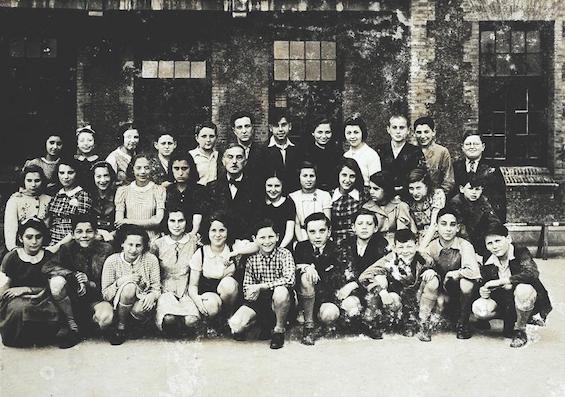
A succession of remarkable characters
The drive and talent that leads to the creation of great wealth tends to dissipate over time. Sons, and sometimes grandchildren, may prove equally successful as the founding patriarch. But in the third generation, or the fourth, the allure of leisure bought by unlimited riches diverts some from the businesses that built their fortune. And others are attracted by careers in professional pursuits or the arts. Moreover, the family’s wealth is divided among successive generations into smaller and smaller shares. Typically, the result is that the family’s wealth gradually dissipates. And that appears to have been the pattern with the Sassoons and, to a lesser degree, the Kadoories.
David Sassoon
Kaufman’s saga begins in Baghdad, the ancestral home of these two remarkable families. For 800 years, the Sassoons had lived at the apex of Iraqi society. The head of their family was routinely recognized as the Nasi, or prince, of the wealthy and influential Jewish community of the city. But early in the 19th century, teenage David Sassoon (1792-1864) was imprisoned by local authorities in a brazen attempt to extort a huge sum of money from his family. His father managed to break him out of prison and hustle him onto a ship bound for Bombay.
There, the young man “and his eight sons built a business empire across Asia. Though he never learned Chinese or English, he piloted his family to dominate the China trade, subdue and shape Shanghai, control the opium business, bankroll the future king of England [George V], and advise prime ministers.” David Sassoon was a force of nature. It’s no exaggeration to write that he helped build modern China. For decades, much of Shanghai’s skyline was the result of his investments. When he and his family were referred to as “the Rothschilds of the East,” he was contemptuous. He was richer than they were and regarded them as arrivistes.
Elly Kadoorie
Elly Kadoorie (1867-1944) “started out as a student and employee of the Sassoons [in Hong Kong], but he quickly set out to seek his own fortune. Always an outsider, he built alliances with Chinese revolutionaries like Sun Yat-sen, immigrants like himself, and local Chinese, accumulating a fortune that made him one of the richest and most powerful men in Asia.” And eventually his fortune exceeded even that of the Sassoons.
Victor Sassoon
David’s grandson, Victor Sassoon (1881-1961), was a “billionaire playboy, crippled at age thirty” in World War I. He “transformed Shanghai into a world-class city, bankrolled the Nationalist government, defied the Japanese, and saved thousands of Jewish refugees fleeing Nazism.” But he saw his fortune shrink when he made the bad call to keep the family’s wealth invested largely in Shanghai. The Communists were near the climax of their drive to power in China, but Victor was oblivious. Their seizure of the city in 1949 cost him half a billion dollars, roughly $5.5 billion in today’s currency, and cemented the family’s decline.
Elly Kadoorie’s sons
Lawrence Kadoorie (1899-1993) and his younger brother Horace Kadoorie (1902-95) both sought careers overseas independent of their father, Elly, but he forced them back to China to take the helm of the family business. Lawrence took the top spot and proved to be a brilliant investor and manager. Horace devoted himself largely to philanthropy. Both brothers collaborated closely with Victor Sassoon in establishing a network of nonprofit social service agencies and schools to serve the fast-growing Jewish refugee population. While Victor Sassoon persevered in Shanghai, Lawrence gradually shifted the family’s resources to Hong Kong. And, unlike Victor, he and his brother fled the city when the Red Army came near.
They epitomized the foreign capitalists who plundered China
Although both families consistently proved generous to their own staff members and household servants, both remained heedless of the racism inherent in their operations. They never seemed to notice the abysmal poverty of the millions of Chinese who barely survived from day to day in both cities where their fortunes were built. The Sassoons compounded the problem by speaking out openly against the Communists. By contrast, the Kadoories wisely refrained from making negative public statements. And that policy paid off when Lawrence successfully negotiated the expansion of his Hong Kong power company into operations on the mainland as well.
Where the families are today
Today, Elly Kadoorie’s grandson, Michael Kadoorie, appears on Forbes‘ Real-Time Billionaires list at number 330 with a fortune estimated at $7 billion. He remains one of the richest persons in Hong Kong with his holdings in the luxurious Peninsula Hotel Group and the publicly traded power company that supplies electricity for much of the city. But his fortune pales beside that of his grandfather, who was one of the richest men in the world a century earlier.
And no one with the name Sassoon, surfaces on the Forbes list as a billionaire at any level. Three and four generations ago, the Sassoon family possessed what may well have been the greatest fortune in the world. Today, there are Sassoons in Britain who pursue productive and even, at times, distinguished careers, but none lay claim to the surpassing wealth of their forebears. (Incidentally, Vidal Sassoon of the hair salons is not a member of the family. He is, at best, distantly related.)
About the author

Jonathan Kaufman is the Director of the Northeastern University School of Journalism and a professor there. Previously he worked for many years as an Executive Editor at Bloomberg News, overseeing more than 300 reporters and editors. They won numerous awards, including the Pulitzer Prize. Earlier still, he was a senior editor and Beijing Bureau Chief at the Wall Street Journal. Kaufman is the author of three books about Jews in history. He holds a bachelor’s from Yale University and a Master’s from Harvard in Regional Studies of East Asia.
For more reading
I’ve also reviewed The Sassoons: The Great Global Merchants and the Making of an Empire by Joseph Sassoon (Trading opium, cotton, and textiles, they built a fortune).
You’ll find an abundance of books on related subjects at:
- 30 insightful books about China reviewed on this site
- More than 30 worthy books about Jewish topics
- 15 good books about the Holocaust, including both fiction and nonfiction
- 20 top nonfiction books about history
- Great biographies I’ve reviewed: my 10 favorites
- My 10 favorite books about business history
And you can always find my most popular reviews, and the most recent ones, on the Home Page.

